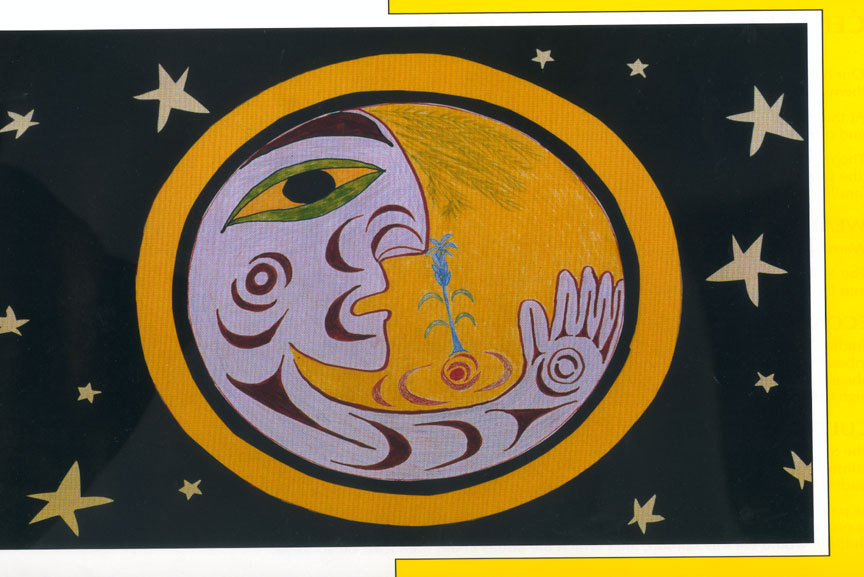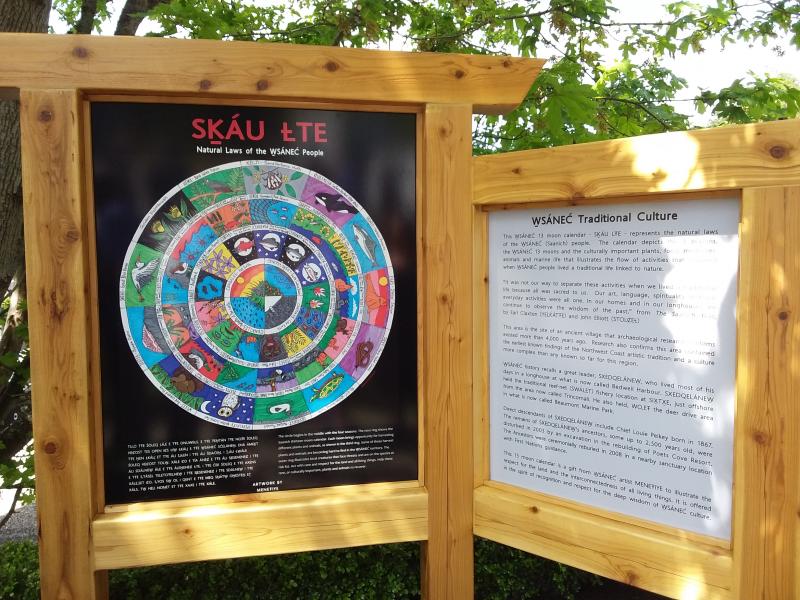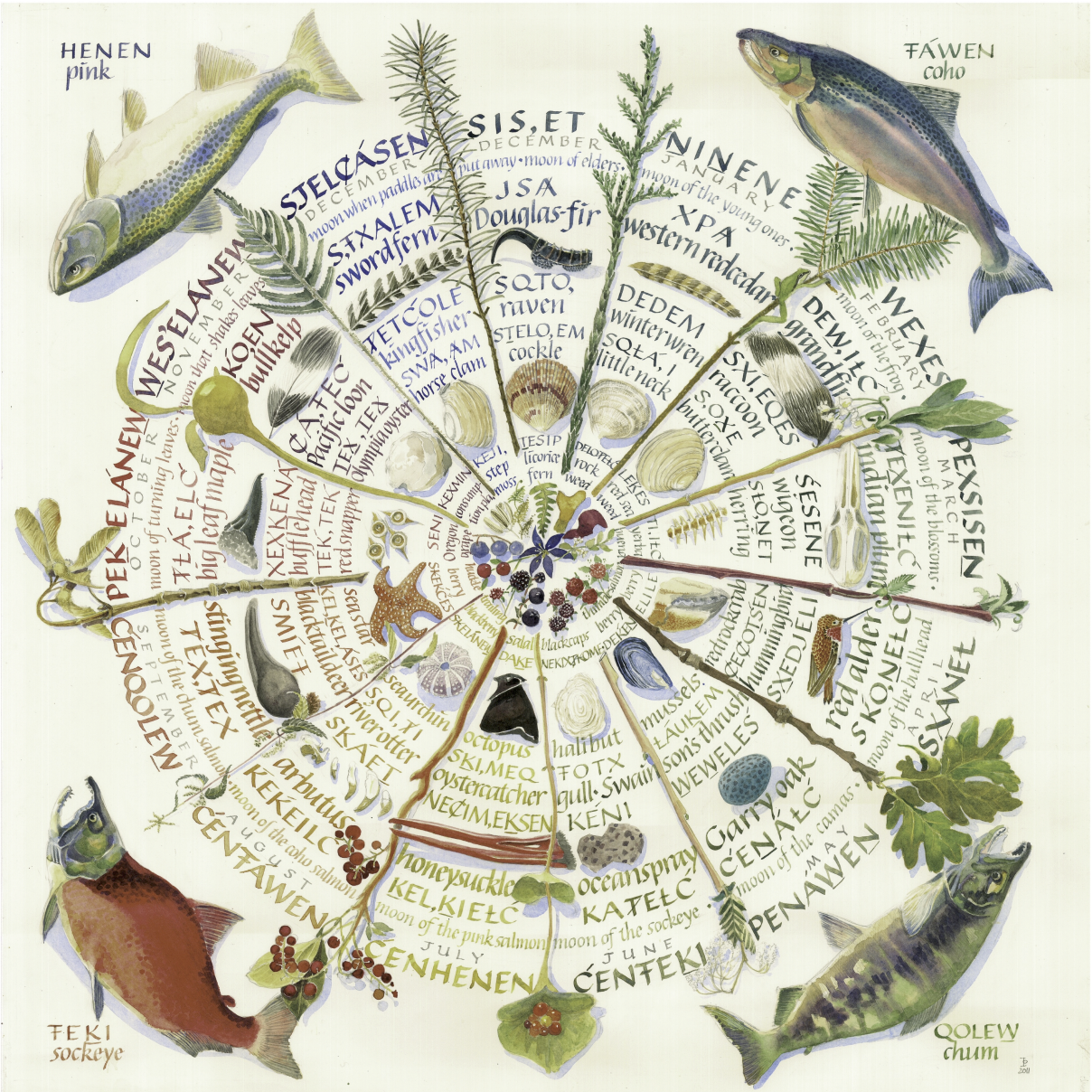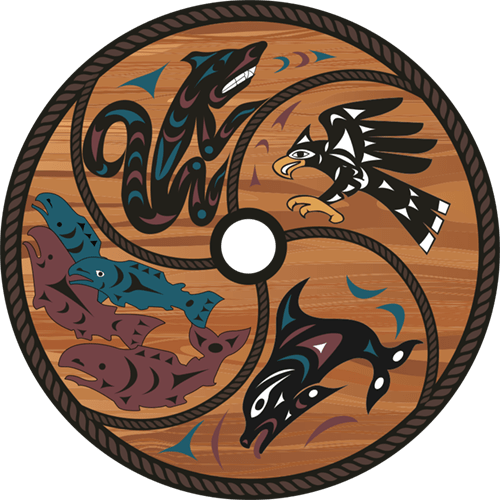This time of year, is traditionally known as PENÁW̱EṈ-MOON OF CAMAS HARVEST
PENÁWEṈ
TES E EṮ PENÁW̱EṈ ȻNIȽs YÁs TŦEN QEȽ W̱ILṈEW̱TOL OX̱E TŦE ṮEṮÁĆES. OLEXETES TŦE
ḰȽOEL U SXÁĆEȽ TŦE Ć,ȻÁ, E TŦE ḰȽOEL LÁE TŦE Á,ŦȻEȽ. EWEs U MEQ SÁN Ć,ȻÁ, MEQ EXIN E
TŦE ÁLEṈENEȻ ŚW̱LÁEs Ȼs ISTs TŦE QEȽ W̱ILṈEW̱ȽTE.
ṮAḴT TŦE SȻÁĆEL ṮWE EWEs ENÁN SȽEMW̱TW̱E ÍY QÁLES.
NI E TŦE EN QEȽ W̱ILṈEW̱TŦE Ć,ȻÁ, E SWÁLET:
1) TŦE ȾEȾXOLESs TŦE ḰENI I.
2) TŦE ŚW̱LÁEs ȻS JISEṈs TŦE ḰȽOEL U YOŦ OL U ELEXOTEṈ TŦE XIW̱E I TŦE SQIȾI.
PENÁW̱EṈ-MOON OF CAMAS HARVEST
During the PENÁW̱EṈ moon our people traveled to family locations to harvest camas bulbs (ḰȽO,EL), which was the source of starch in our diet. This was a cherished time for the people of Saanich–it marked the time when they could begin traveling through their territory again.
WEATHER
Days and evenings are warm and rain is less frequent.
ECONOMIC ACTIVITIES
Saanich families had traditional territorial grounds (land and water), which were used at various times of the year. Most families left their winter villages for spring camps. Camas plots had two purposes: (1) to harvest the blue camas bulb and (2) to gather the fresh gull eggs which had been laid in the fields were camas grew.
Both XIW̱E (purple sea urchins) and SQWIȾI (green sea urchins) were collected and eaten.
This illustration of the W̱SÁNEĆ calendar, SḴÁU ȽTE, by artist MENEŦIYE is located on S,DÁYES (South Pender Island). The illustration depicts the four seasons, the 13 moons and the culturally important plants, food, medicines, animals and marine life.
Based on the sacred interconnectedness of all things, the observation of the 13 moons is part of W̱SÁNEĆ natural law. Each of the 13 moons provides guidance as to what cultural and economic activities are best suited for the time of year, as well as what weather to expect and what food is most abundant.
Artist Briony Penn, copyright Tsawout First Nation.
“It was not our way to separate these activities when we lived a traditional life because all was sacred to us. Our art, language, spirituality and our everyday activities were all one. In our homes and in our longhouses we continue to observe the wisdom of the past.”
~The Saanich Year, by Earl Claxton (YELḰÁTŦE) and John Elliott (STOLȻEȽ).
The 13 moons don’t line up exactly with the Gregorian 12-month calendar, but loose associations between months and the moons can be made, as shown above.










